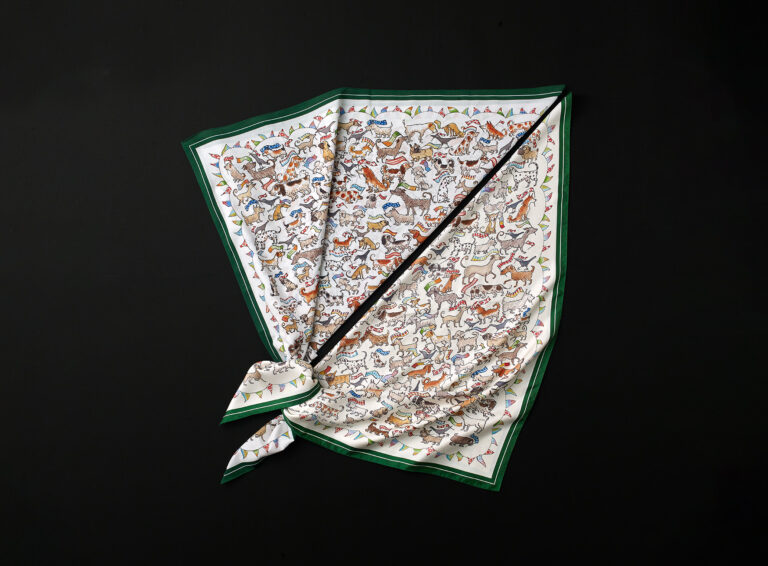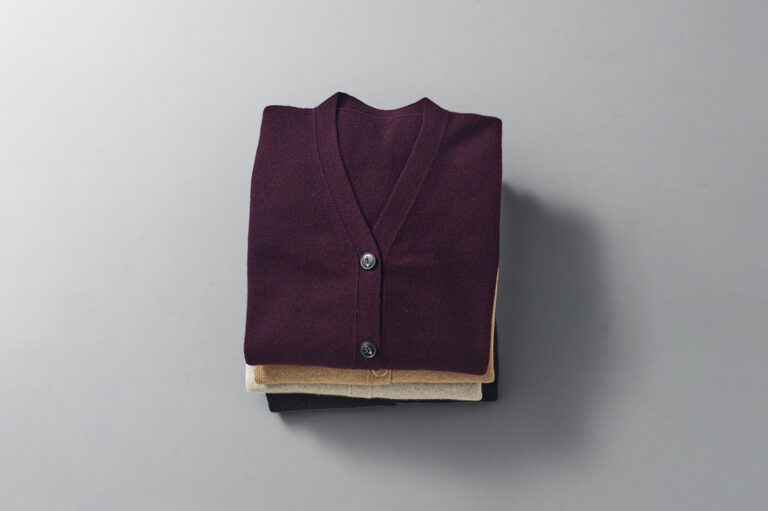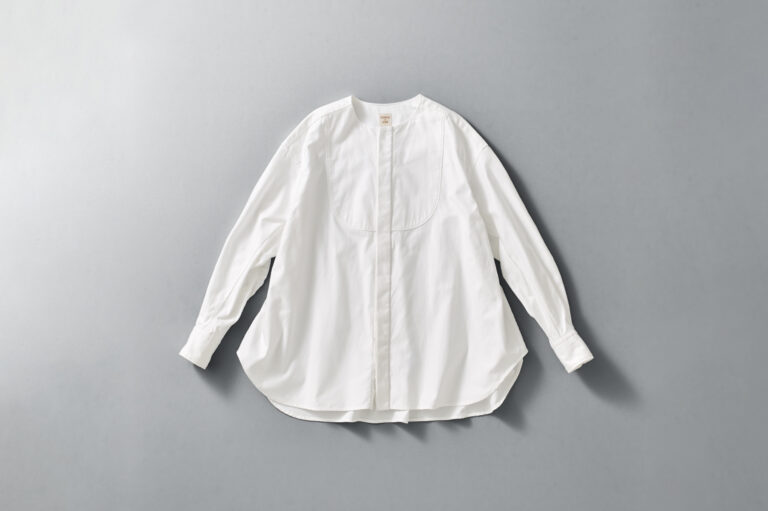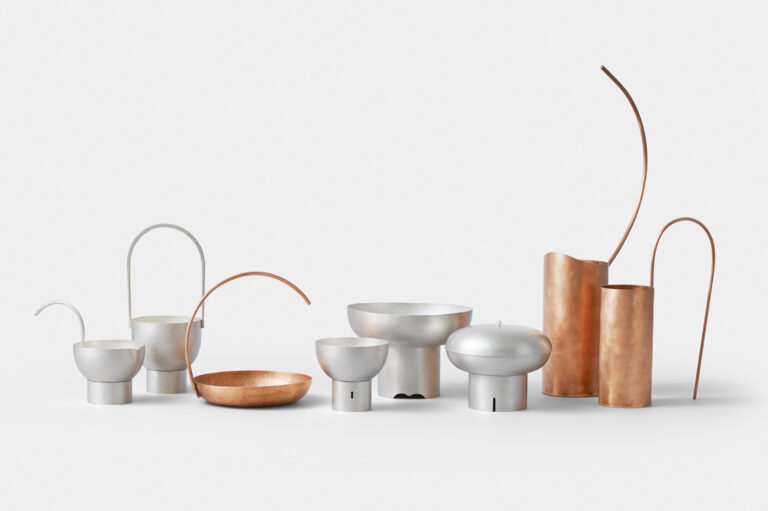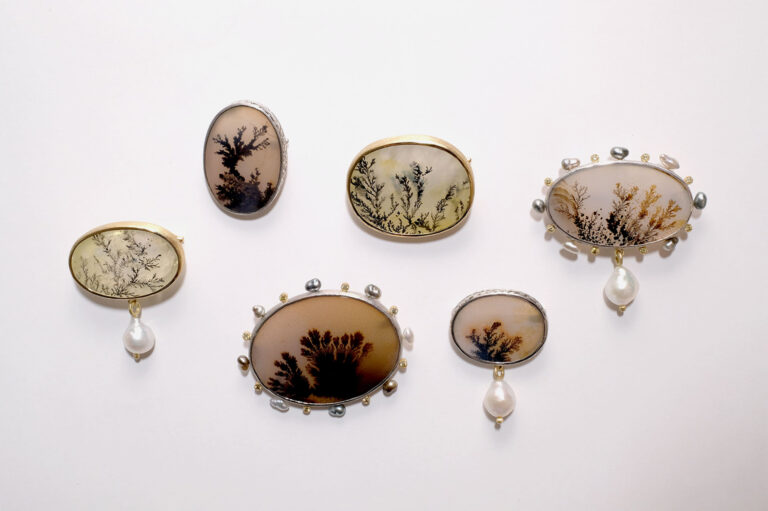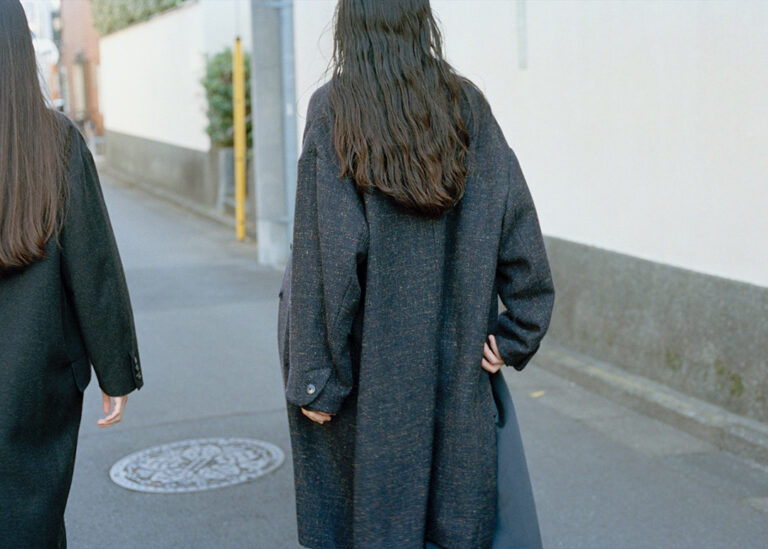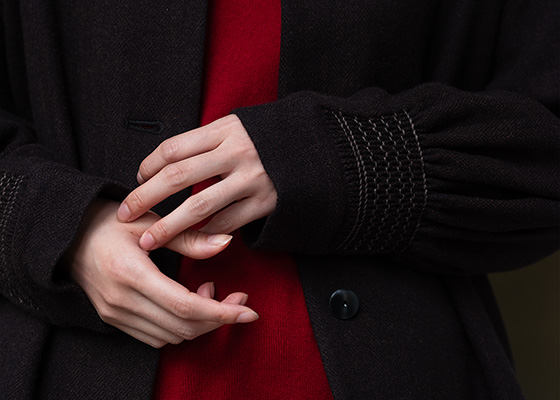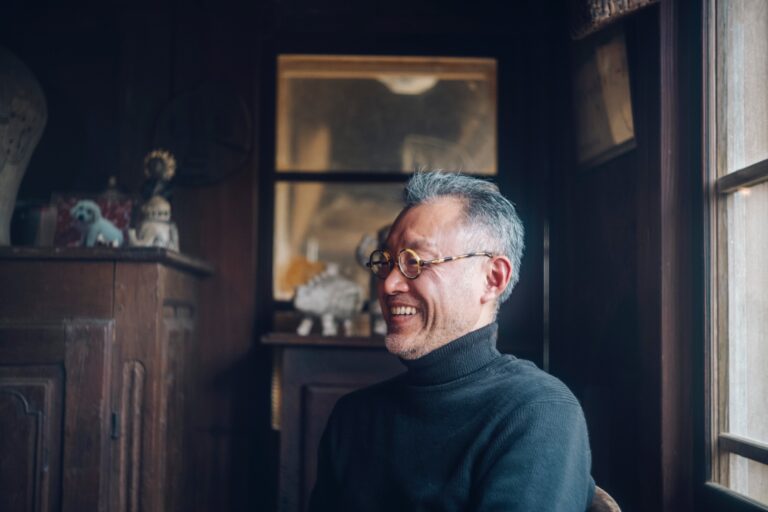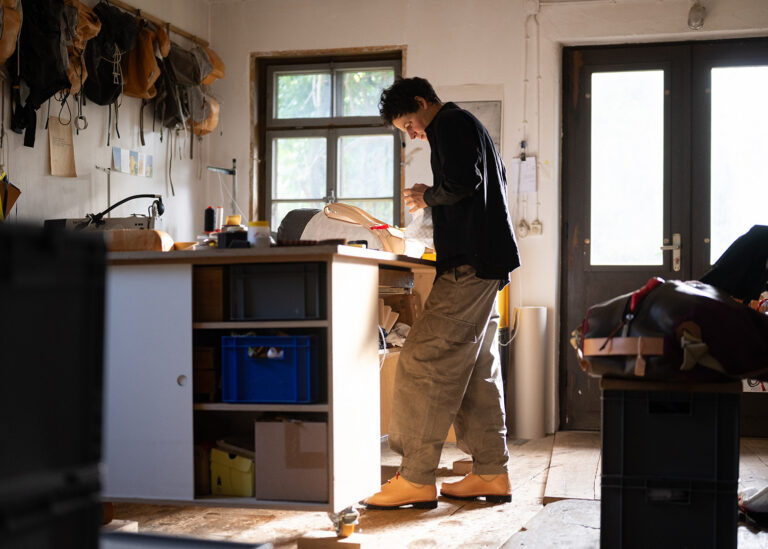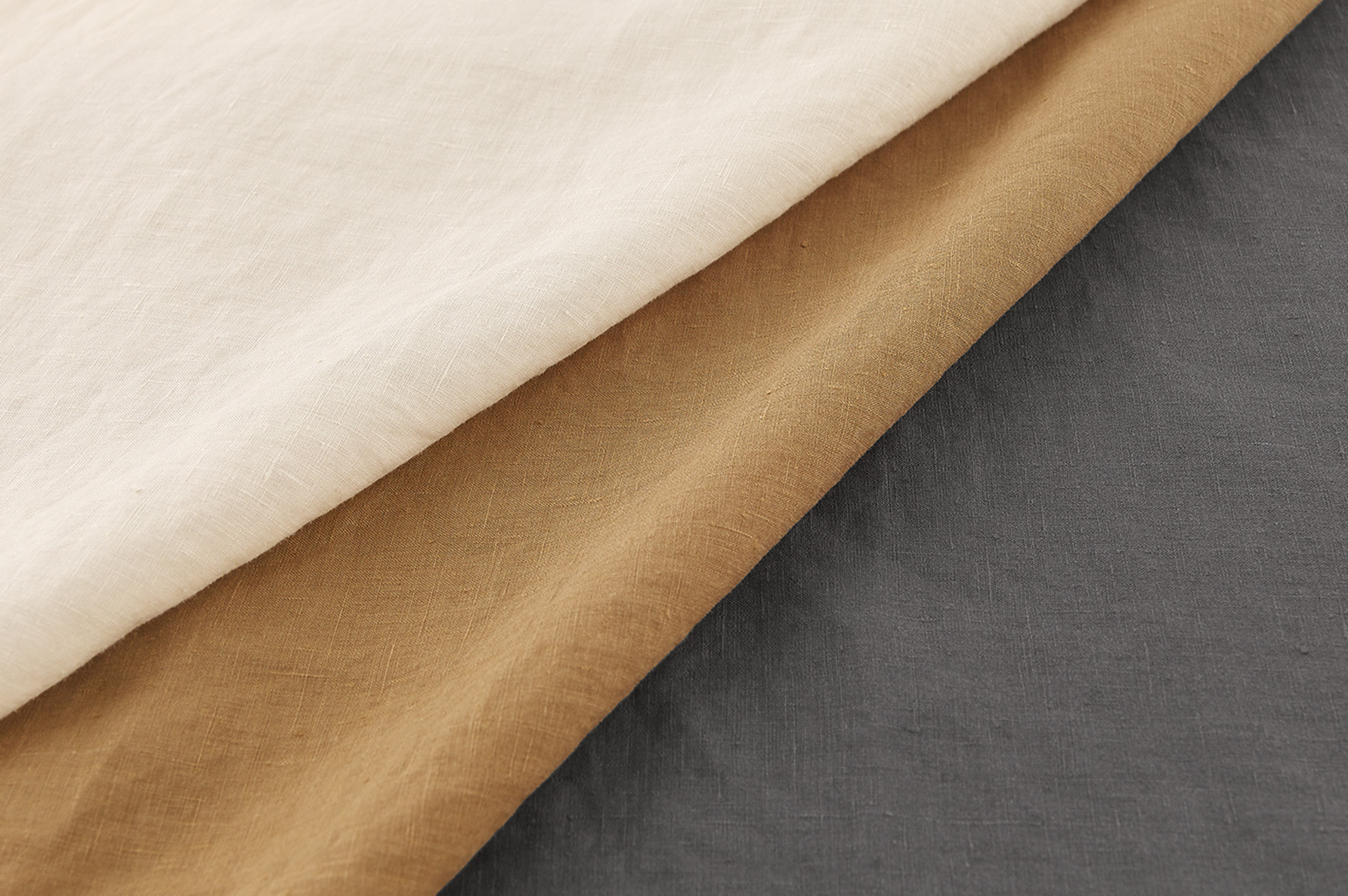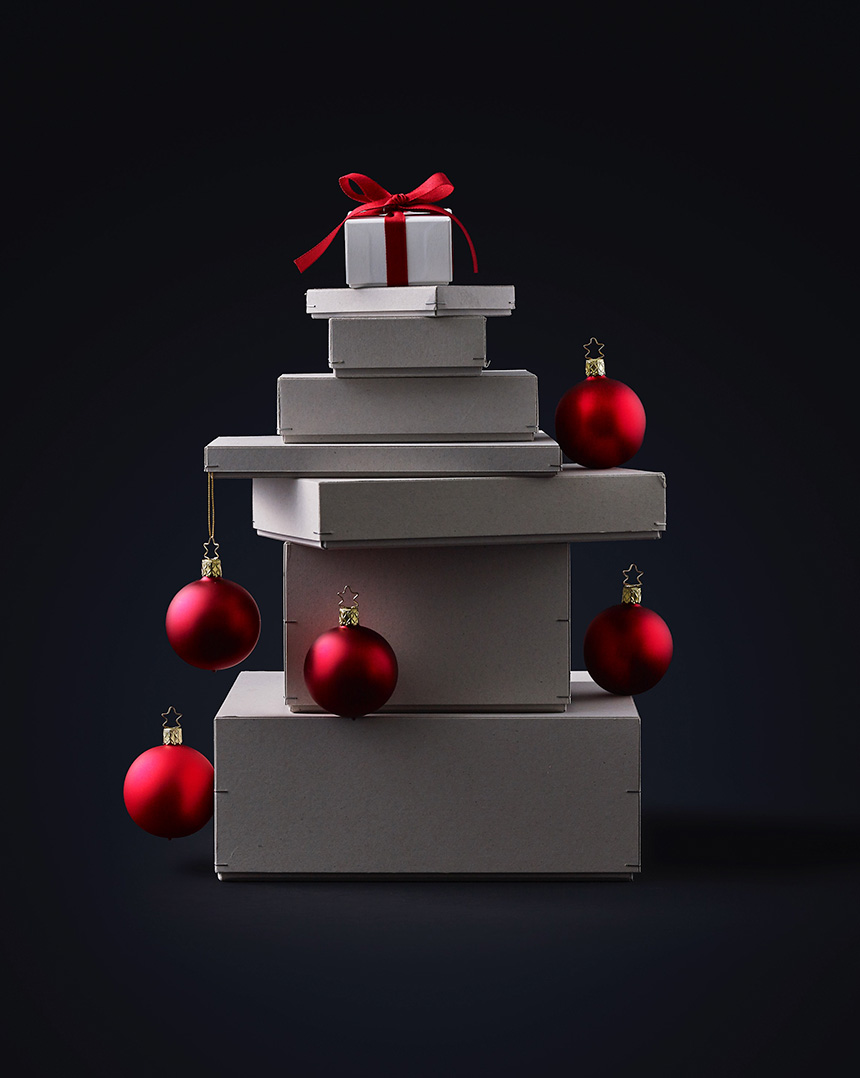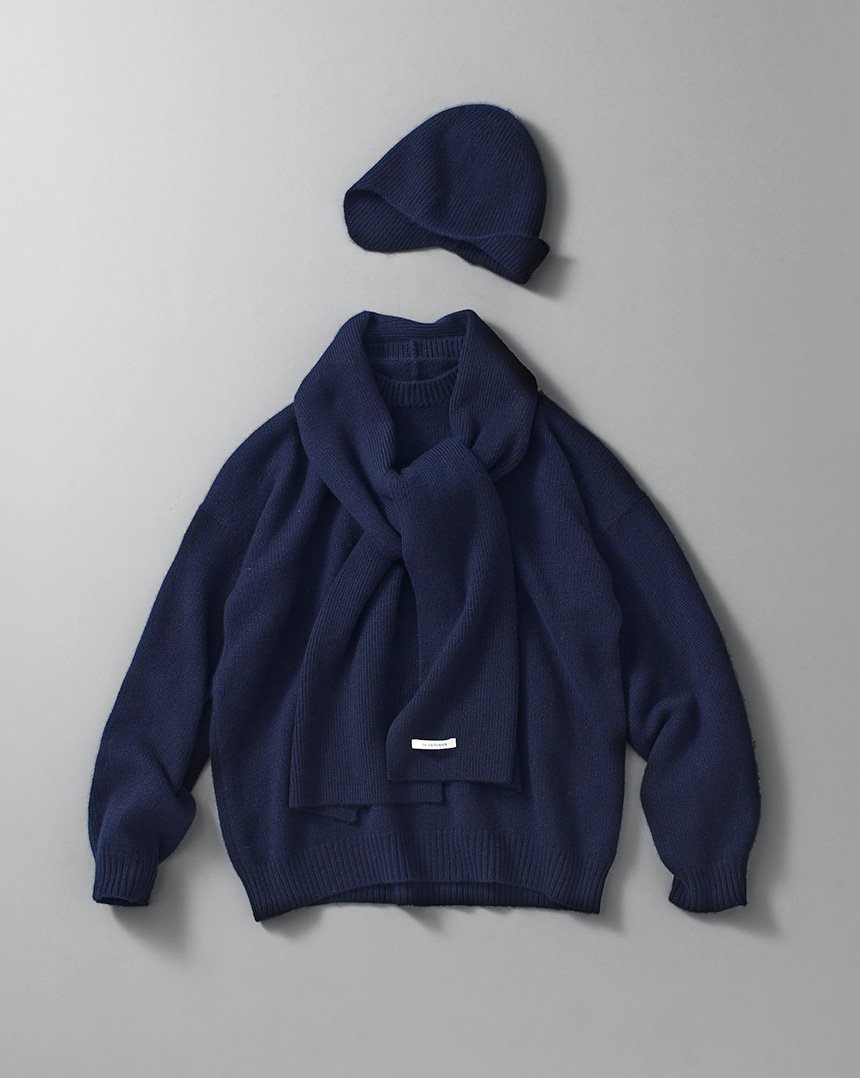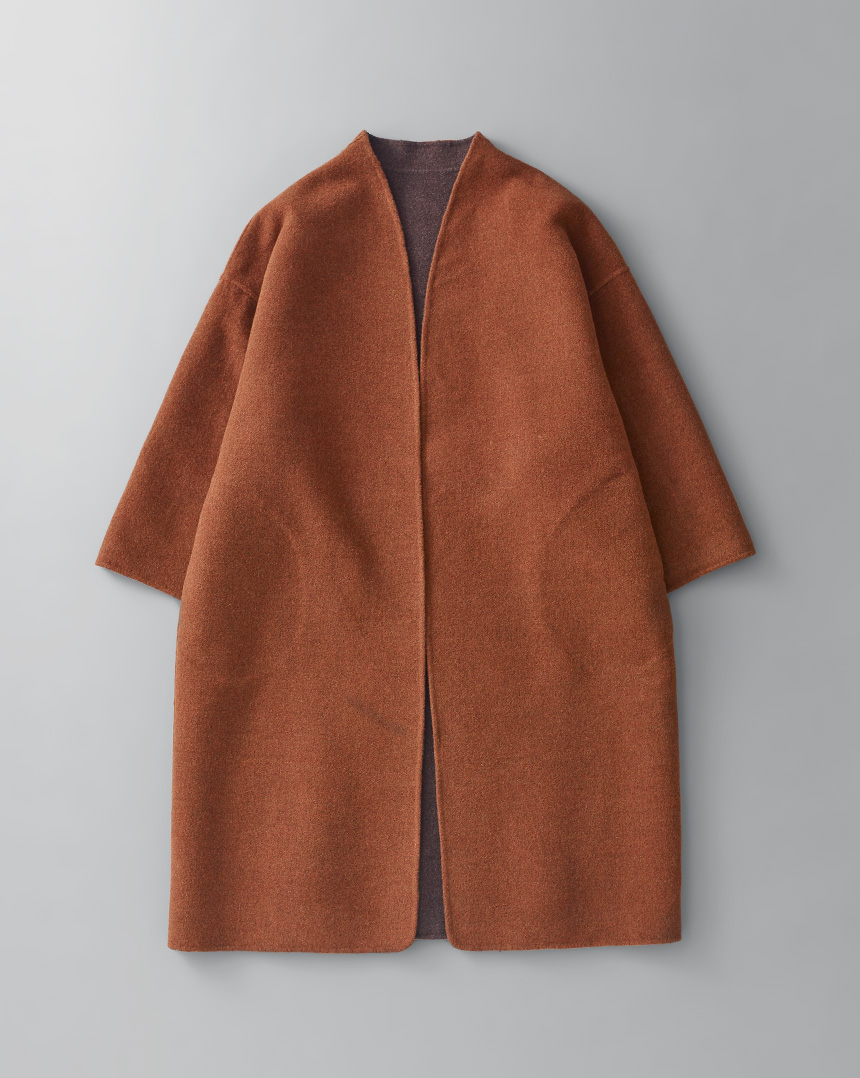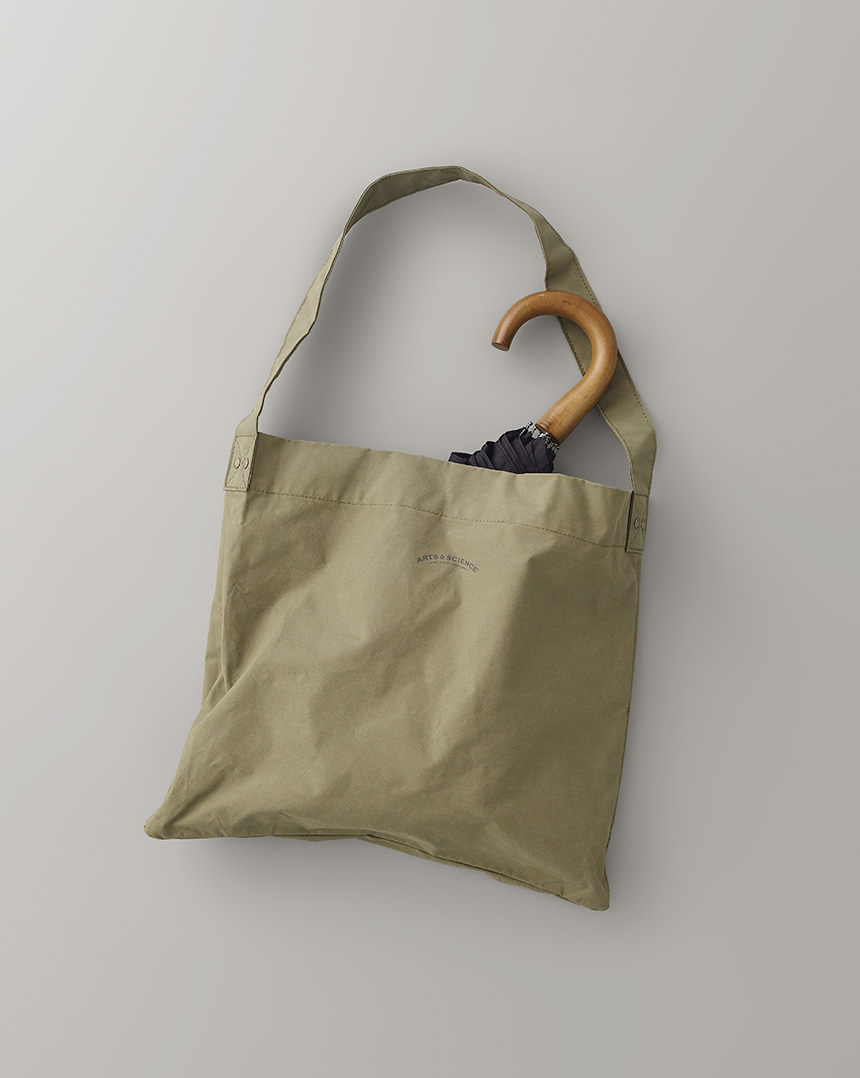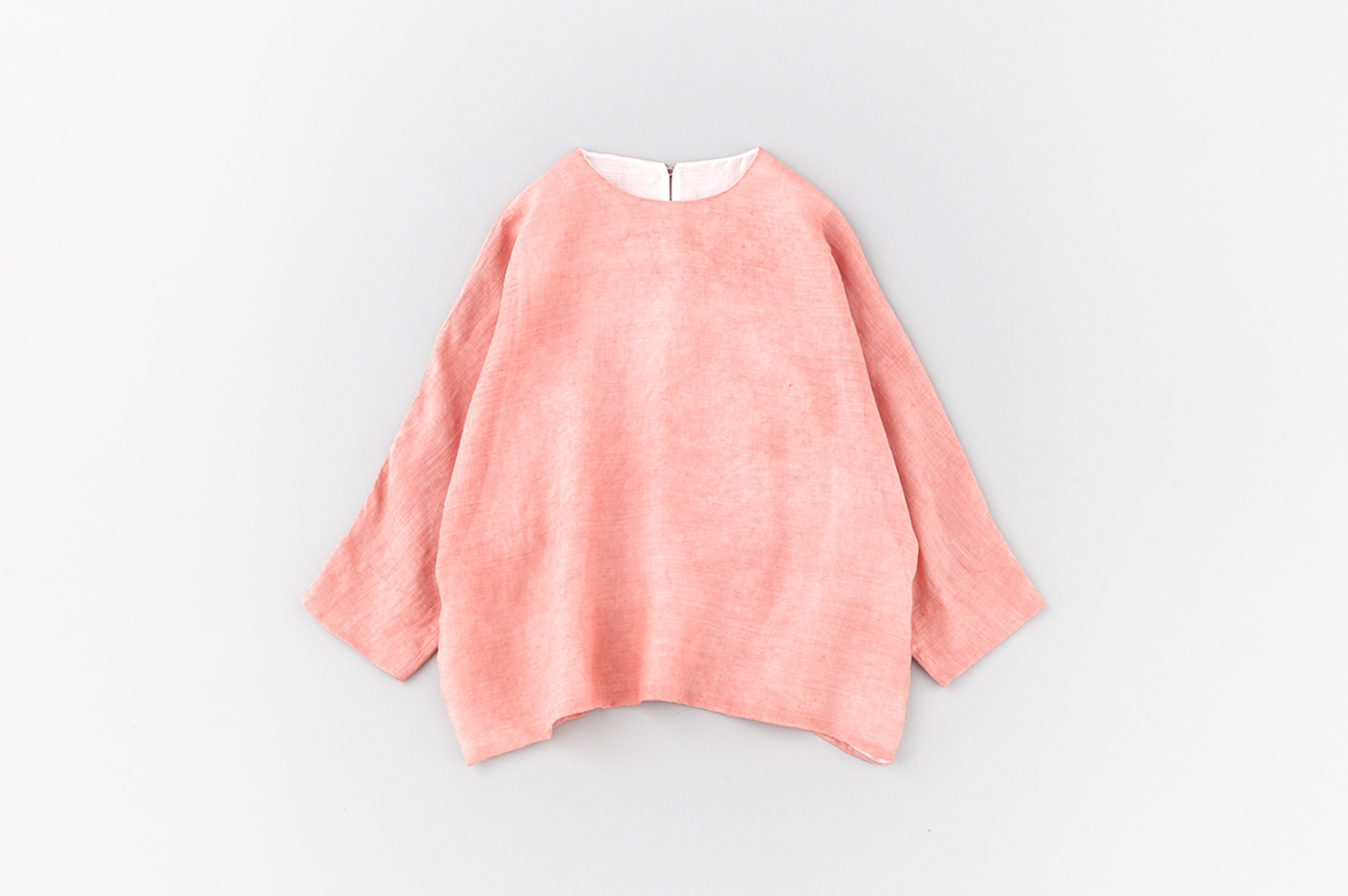
A&S 2025SS – Botanical Dyeing and Bengala Pigment Dyeing
Each spring and summer season, ARTS&SCIENCE presents items dyed with natural dyes that showcase the inherent colors of raw materials. Following our introduction to Shimazome dyeing, we now highlight two additional techniques: botanical dyeing and Bengala pigment dyeing.
Botanical Dyeing
This technique carefully extracts the natural, vibrant pigments inherent in plants to dye fabrics and products. Using a unique method that derives dyes from flowers, leaves, stems, bark, and fruit peels, it enables dyeing without the use of additional chemical fixatives, while still achieving exceptional colorfastness.
Super fine linen gauze
From top
Delphinium Pale Gray
Delphinium (Flower)
Part of the buttercup family, the Delphinium is known for its striking blue-violet flowers that bloom along the stem. The shape of the blossoms resembles a dolphin, which is reflected in the origin of its name. When used for dyeing, it produces delicate shades of blue-violet, greyish blue, and soft green-tinged tones.
Lavender Pale Pink
Lavender (Flower)
A perennial herb from the lavender genus in the mint family, recognized for its small purple flowers and fragrant scent. Valued since ancient times for its medicinal and aromatic properties, it yields soft, delicate shades when used for dyeing—ranging from pale grayish purple to purple-tinged beige.
Parsley Pale Yellow Green
Parsley (Leaf)
A perennial herb from the Dutch celery genus in the parsley family, commonly used as an edible herb in cooking. When used for dyeing, it produces soft yellow-green, muted gray-green, and calm, nuanced green tones, giving a natural and gentle feel.
Kumazasa Light Green
Kumazasa (Leaf)
An evergreen perennial grass from the bamboo genus of the grass family, native to Japan’s mountainous regions. Its name, which translates roughly to “bear bamboo,” comes from how densely it grows—so thick that bears can hide within it. When used as a dye, it produces rich deep greens, soft khaki tones, and muted greens with a subtle sheen.
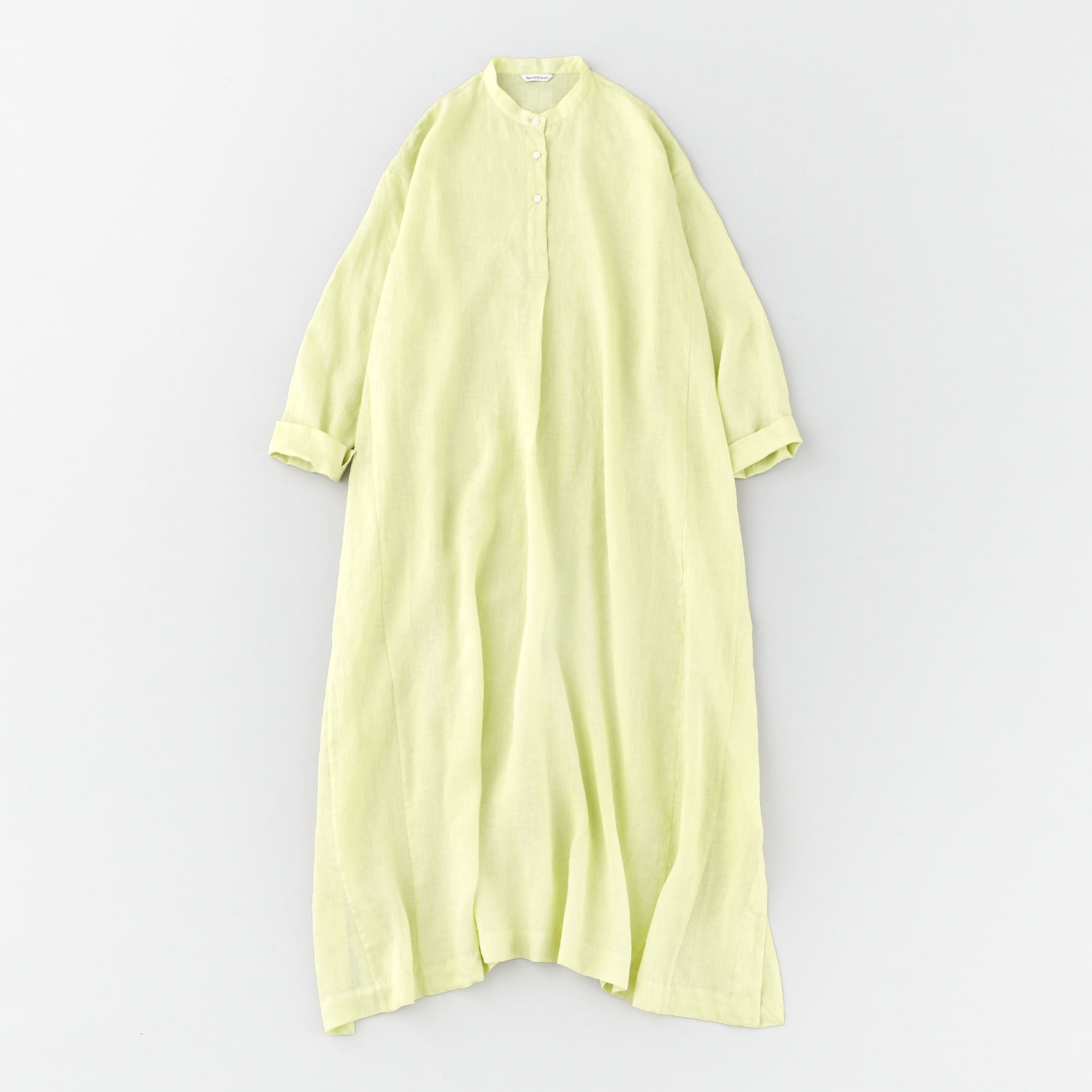
Bulky Kurta Dress
- MATERIAL
100% linen
- SIZE
1 (Length 120cm)
- COLOR
Lavender pale pink, Parsley pale yellow green (PHOTO)
- PRICE
¥135,300 (¥123,000 excl. tax)
- STORES
Super fine linen
From top
Chamomile Beige
Chamomile (Flower)
An annual or perennial plant in the daisy family, known varieties include German and Roman chamomile. It is characterized by delicate white flowers and a gentle fragrance. As a dye, it produces soft shades ranging from bright lemon yellow to a calm, warm yellow.
Oregano Light Brown
Oregano (Leaf)
A fragrant perennial herb from the mint family, commonly used in cooking and herbal teas. When used as a dye, it yields soft yellow-green and muted grayish-green tones that evoke a serene, natural harmony.
Takesumi Dark Gray
Bamboo Charcoal (Bamboo)
Bamboo charcoal, created by carbonizing bamboo plants at high temperatures, is a natural material known for its deodorizing and moisture-regulating properties. As a dye, it offers a deep, rich tone unique to charcoal, producing nuanced gray shades reminiscent of traditional sumi ink. This soft black color is commonly used in textiles, paper, and other materials to create a subtle yet sophisticated effect.
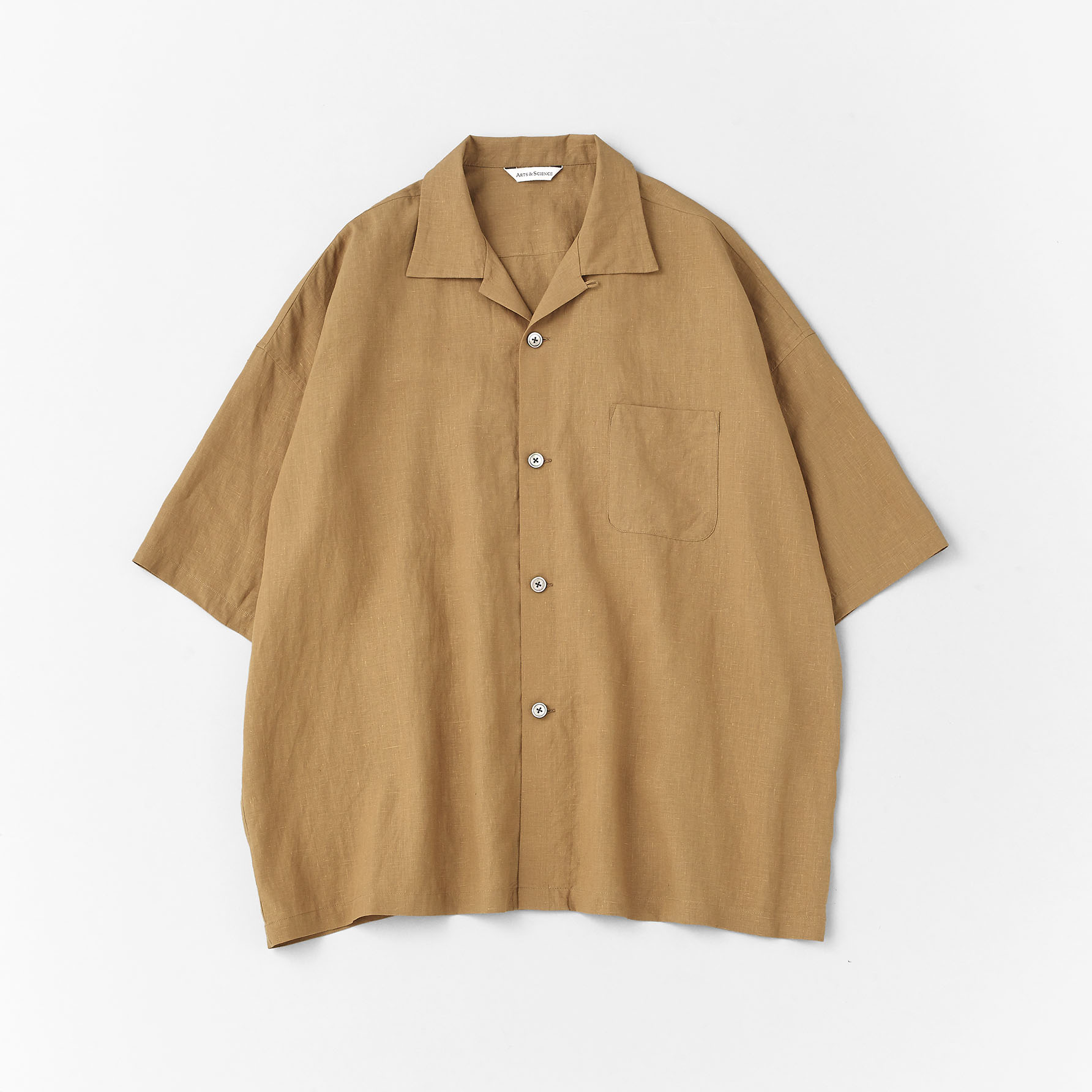
Relax Shirt OOP
- MATERIAL
100% linen
- SIZE
2 (Length 67.5cm)
3 (Length 70cm)- COLOR
Chamomile beige, Oregano light brown (PHOTO), Takesumi dark gray
- PRICE
¥73,700 (¥67,000 excl. tax)
- STORES
Bengala Pigment Dyeing
“Bengala” is a natural red pigment made from iron oxide extracted from soil. It has been used in Japanese daily life since ancient times, with examples found at archaeological sites dating back to the Jomon and Kofun periods. Traditionally applied to pottery, lacquerware, and house exteriors, it not only provides a beautiful hue but also helps protect wood from ultraviolet rays and insects—making it a dye material that blends both functionality and aesthetic appeal.
The pigment used for dyeing is slowly ground into a paste using a mortar and pestle, then mixed by hand with a natural rubber-based fixative before being applied to the fabric. The dyed fabric is then sun-dried, completing a very primitive, manual process. The natural unevenness created by the pigment particles gives the fabric a soft, expressive look. With each wash, the color settles further, gradually developing a rich texture that deepens over time — one of the distinctive appeals of Bengala dyeing.
Originally centered around red, this pigment has been developed into a range of colors—including yellow, black, green, and purple—thanks to the processing workshop’s unique firing temperatures and blending techniques. The Bengala dyes, given traditional Japanese color names—Ginnezumi (silver gray), Haruzakura (spring cherry blossom pink), Kohaku (amber), Kurotsuchi (black earth brown), and Koshoku (aged antique brown)—were applied to original A&S fabrics.
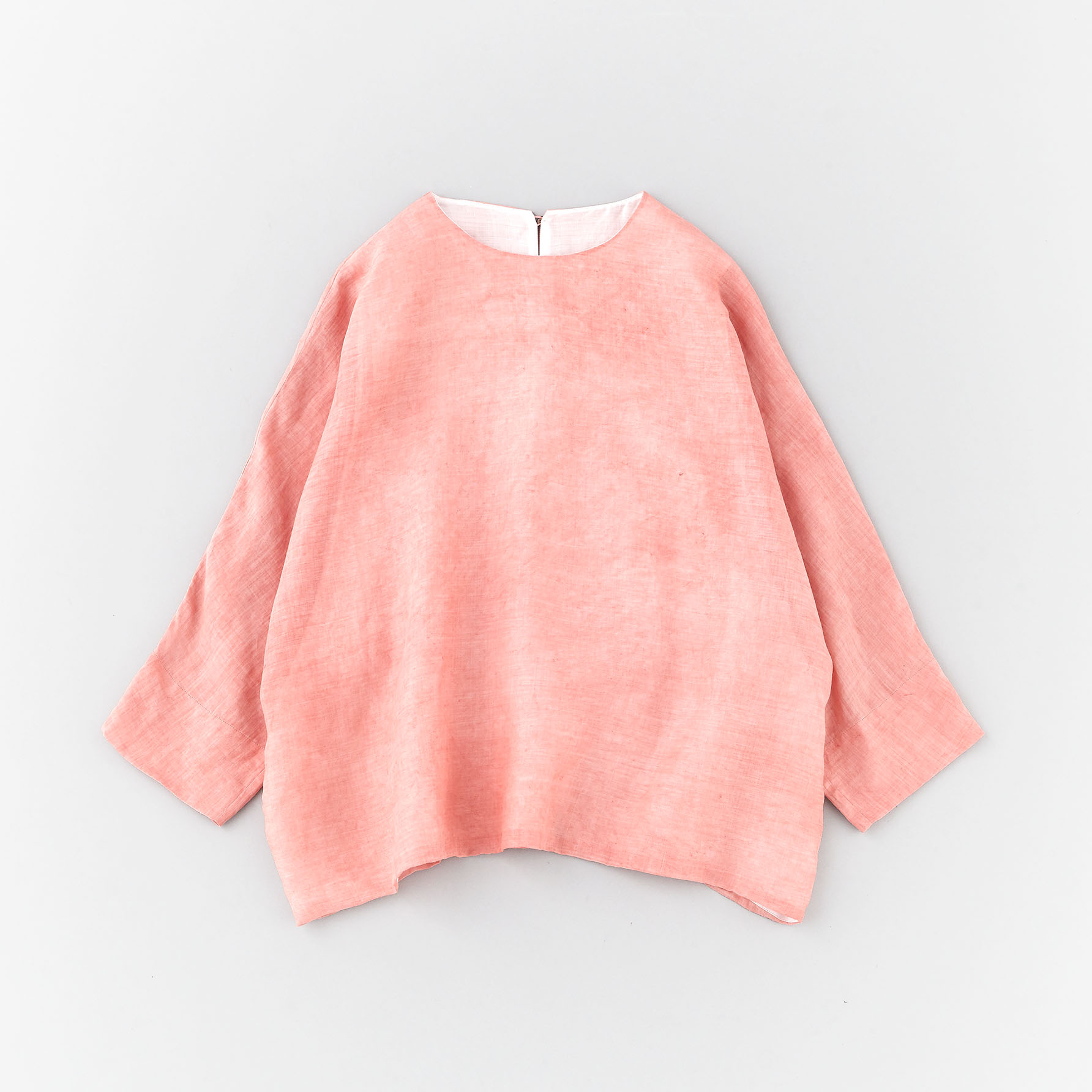
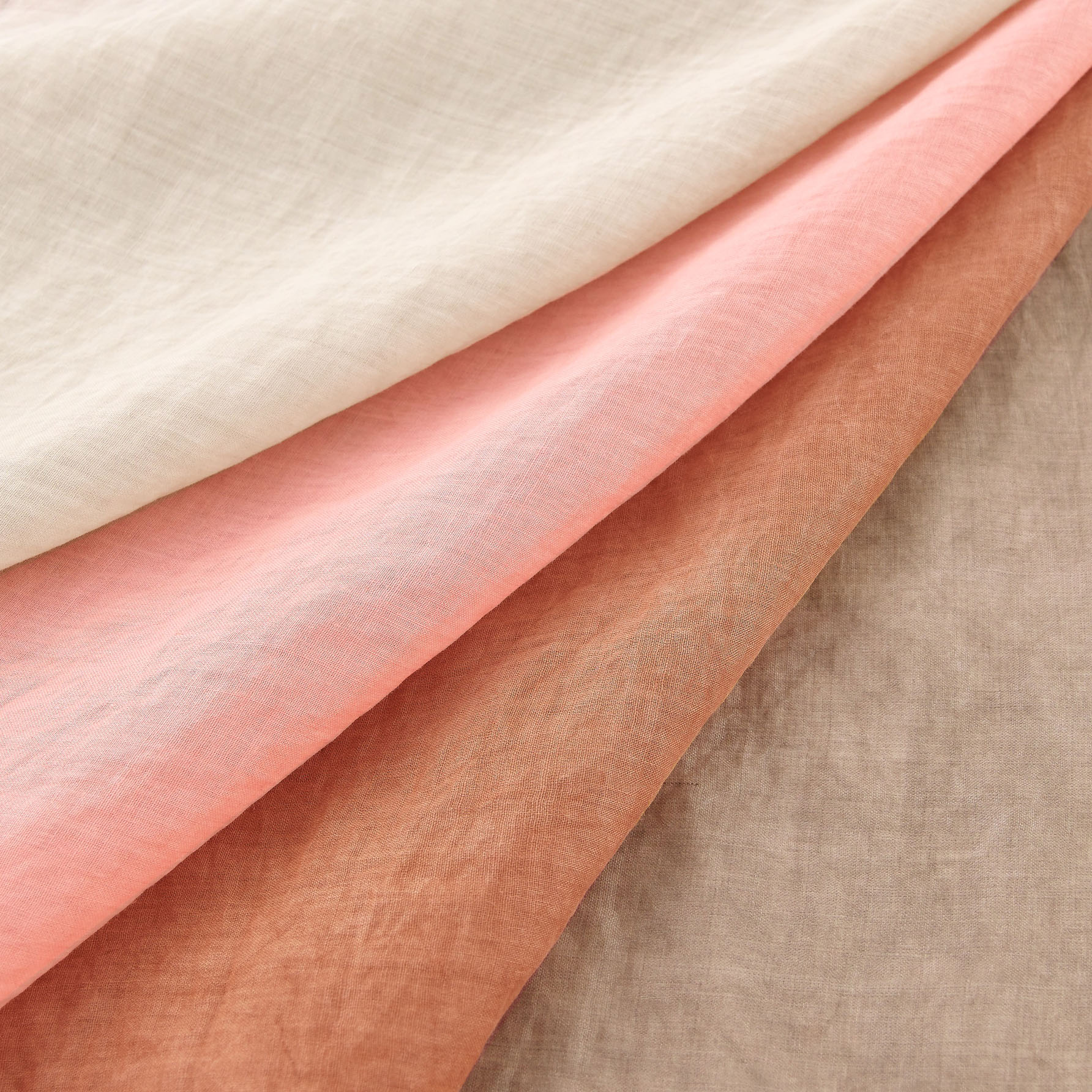
Bulky Sleeve Dolman Blouse
- MATERIAL
100% ramie (Fine ramie plain BENGARA)
- SIZE
1 (Length 60cm)
- COLOR
From top to:
Ginnezu, Haruzakura (PHOTO), Kohaku, Kurotsuchi- PRICE
¥114,400 (¥104,000 excl. tax)
- STORES
- DELIVERY
July
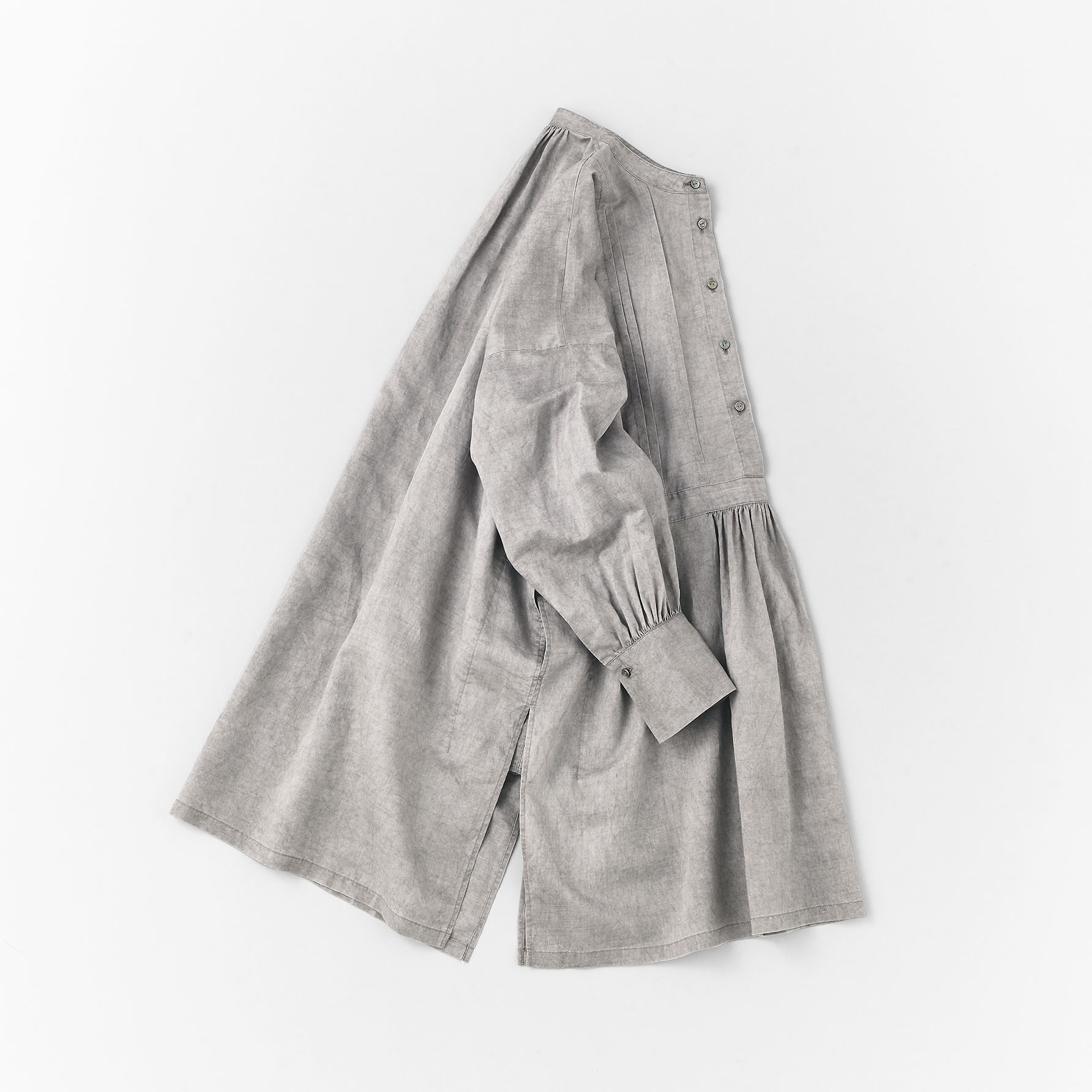

Front Tuck Flat Shirt 2
- MATERIAL
60% cotton, 40% ramie (Special fine ramie cotton BENGARA)
- SIZE
1 (Length 85cm)
- COLOR
From top to:
Ginnezu, Koshoku (PHOTO)- PRICE
¥106,700 (¥97,000 excl. tax)
- STORES

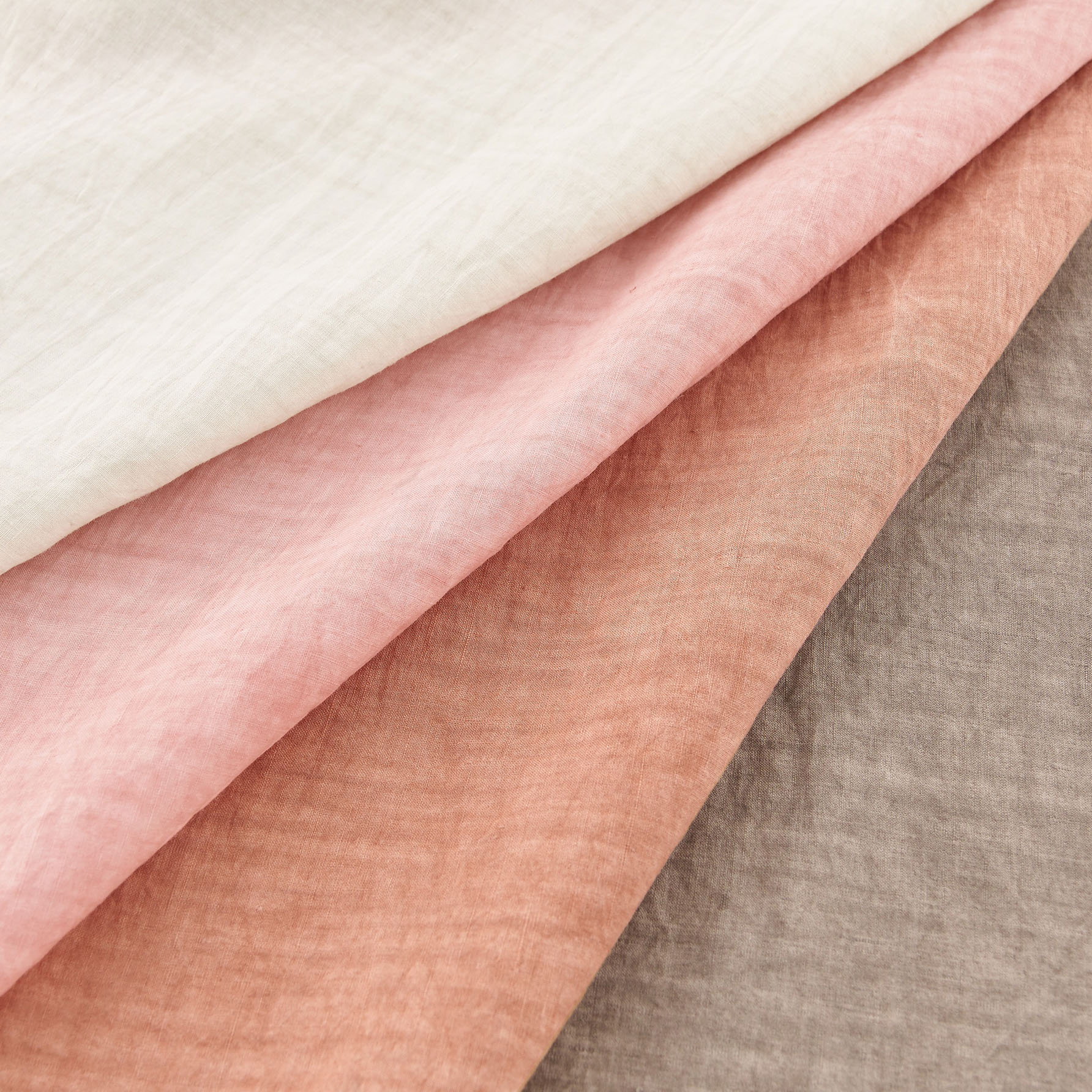
Side Seamless Wide Pants
- MATERIAL
100% linen (High count fine linen BENGARA)
- SIZE
0, 1
- COLOR
From top to:
Ginnezu, Haruzakura, Kohaku (PHOTO), Kurotsuchi- PRICE
¥113,300 (¥103,000 excl. tax)
- STORES
We invite you to experience the rich, naturally derived colors of both botanical dyes and Bengala pigment dyes through the items available in our stores.
For inquiries, please contact each shop directly or use our contact form.
